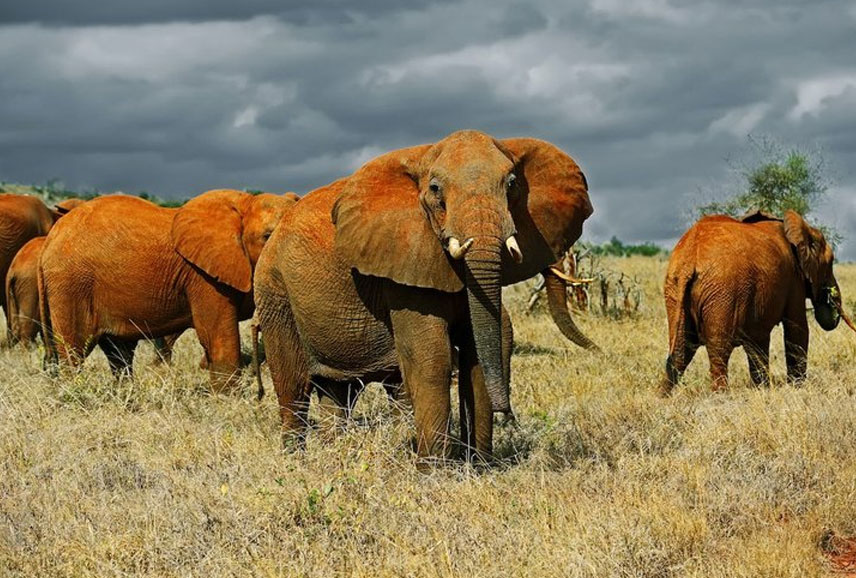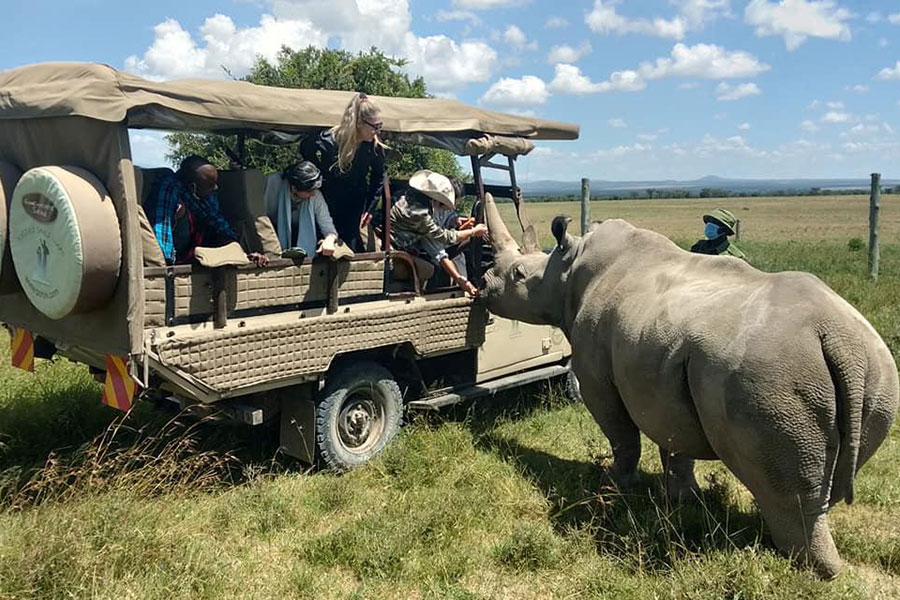Free News On Choosing Mombasa Watamu Snorkeling
Wiki Article
What Transportation Arrangements Do I Must Be Aware Of While Holidaying In Mombasa, Kenya?
It is important to plan your trip to Mombasa Kenya by understanding your transportation options. This will guarantee a pleasant and smooth trip. Here are the most important transportation arrangements to consider:
1. Getting to Mombasa
Moi International Airport, also called MBA, is the airport serving Mombasa. It handles both international and domestic flights. A number of major airlines offer flights between and to Mombasa.
By Train by Train Madaraka express, which is operated by Kenya Railways provides a comfortable and modern rail service between Nairobi to Mombasa.
Bus: Numerous bus companies provide services to and from Mombasa including Modern Coast and Coast Bus.
2. Local Transportation in Mombasa
Taxis and Ride-Hailing services are easy to access. Uber and Bolt, two well-known ride-hailing services in Mombasa offer convenient transportation options.
Tuk-tuks are three-wheeled cars that are popular and cheap for city trips. They are suitable for shorter distances.
Matatus is a kind of minibus for shared use which follows a specific route. It's the most popular public transportation. It's an economical alternative, but it can be packed.
Motorcycle taxis, referred to as boda-bodas are available to offer quick and simple transportation for short distances.
3. Car Rentals
You can hire a car in the airport, as well as the city. Local and international car rental firms offer a variety of automobiles. Be aware of local driving rules and regulations.
Service for chauffeurs For those who don't want to drive by themselves, there are chauffeur driven rental cars available.
4. Ferry Services
Likoni-Ferry: This ferry ties Mombasa with the south part of Mombasa, which is located on the mainland. It is essential for pedestrians to reach the beach in the south. Vehicles are assessed a fee.
5. Day Trips, Excursions and Tours
Tour Operators. Many tour operators offer scheduled excursions, such as Fort Jesus, the Mombasa Marine National Park Fort Jesus and the nearby beach resorts such as Diani, Nyali, and Fort Jesus. These excursions usually include transportation.
Public Transport: Individual travelers are able to reach various attractions using matatus, taxis and tuk-tuks.
6. Walking and cycling
Rent a bicycle for a leisurely tour.
Walking: In some areas of Mombasa (especially the Old Town area and the beaches), walking is possible.
7. Tips for Travelers
Safety: Avoid using public transport at late at night. Make sure you use taxis or reputable taxi services. Be cautious with your valuables.
Negotiation: When you use taxis or tuk tuks, it is best to negotiate the price before beginning your journey. Meters are rarely used.
Traffic: Expect heavy traffic, particularly around Likoni Ferry or central business district.
If you are well-informed about the different transport options and have made all the arrangements required, your trip will be stress-free. See the top mombasa old town for blog examples including travel tour companies, kenya tours, tours & safaris, tours safari africa, mombasa tours, safari company kenya, africa safaris and tours, trips to kenya safari, tour company, facts about kenya and more.

What Are The Weather-Related Considerations I Should Be Aware When I Am On Vacation In Mombasa?
To maximize the enjoyment of your excursion to Mombasa in Kenya It is essential that you know the weather patterns in Kenya. Here are a few key factors to consider:
1. Climate Overview
Mombasa is a hot and humid place that is humid and hot all year round. Expect warm temperatures ranging between 24degC to 32degC.
2. Seasons
The Hot and Humid Season (November through April) This time period is characterized by extreme temperatures and humidity. The peak tourist season is January and December.
Long rains (April to June) The rainy season can bring torrential rainfall, and occasionally thunderstorms. The roads may be muddy, making it difficult to travel. The season is not busy for tourists.
Cooler Season (June - October): Enjoy the cooler temperatures and less humidity throughout this time. The general weather is pleasant, making it ideal for outdoor activities.
Short Rains (October - November): These are short rainshowers that are not as intense. The rains will usually be brief-lived, and then followed by a bit of sunshine.
3. Tips for packing
Lightweight clothes: To stay cool and dry in humid weather Pack light, breathable clothing like linen or cotton.
Rain Gear: If you are traveling in the rainy season make sure you have an waterproof jacket along with an umbrella, as well as waterproof footwear.
Sun Protection: Using a sunscreen with a high sun-protection factor (SPF) and a broad-brimmed cap, sunglasses, and lighter clothing to cover your skin can help protect yourself from the harsh sunlight.
Wear your swimwear and bring your swimwear when you go to the beach or hotel pools.
4. Weather-specific activities
Beach Time: The ideal time to visit the beach is from June to October in the months when the weather is nice and the sea conditions are good.
From November through March, the calm and clear waters are ideal for water sports like snorkeling, diving, and much more.
Wildlife watching: The cooler temperatures (June - October) is a great time to go on safaris and go on wildlife excursions.
5. Things to Consider for Health
Hydration: The hot and humid climate calls for you to be well-hydrated. Drink plenty of water, particularly if you're in the sun.
Heat-Related Diseases: Be alert to the dangers of heat stroke or heat exhaustion. Wear loose clothing Take breaks in the shade, and avoid intense exercise in the heat of the day.
6. Adjustments to Travel
Traveling during the rainy season: Prepare for delays in travel during prolonged rainstorms. There could be delays due to impassable roads and restricted outdoor activities.
Flight delays: Tropical storms and rain can lead to delays in flights. Stay informed about your travel schedule and prepare contingency plans.
7. Environmental Considerations
Natural Risks: Be aware the possibility of flooding during heavy rains. Be aware of the weather conditions. Be sure to comply with any local safety rules.
Tide Awareness: If you are planning activities at the beach Be aware of tides, which may vary dramatically. Check the tide times in your area prior to swimming or beachcombing.
It is possible to plan your vacation activities better, pack properly and have fun in Mombasa and be safe by knowing the weather conditions. Read the recommended kenya watamu marine national park for site advice including mombasa beach kenya, beach in mombasa, tours safari africa, safari trips in africa, mombasa safari, tour and travels, african safari packages, african safari africa, cheap kenya safari packages, trips to kenya africa and more.

What Safari Planning And Tour Planning Is Required For A Trip To Mombasa In Kenya?
To ensure that your holiday in Mombasa will be memorable and enjoyable, you should be careful when planning a safari. Here are a few important things to keep in mind:
1. Choosing an Safari or Tour Operator
Choose a tour operator that has a good track history. Find tour operators that have been recognized as accredited by the Kenya Association of Tour Operators.
Find packages offered by various tour operators. Packages range in price from low-cost to luxurious and can differ depending on the duration, inclusions activities, as well as accommodation.
Guides: Make sure the company provides knowledgeable and well-informed guides preferably accredited by relevant bodies.
2. Most sought-after Safari Destinations from Mombasa
Tsavo West: This is the second largest game reserve in Kenya. It's divided into Tsavo West, and Tsavo West. It's known for its diverse fauna, which includes elephants, rhinos, and lions.
Amboseli National Park - Famous for its large herds of elephants and breathtaking panoramas of Mount Kilimanjaro.
Shimba Hills National Reserve, close to Mombasa provides beautiful landscapes and the possibility of seeing rare animals like the Sable antilope.
Maasai Mara is a wildlife paradise located a bit than Mombasa. It's known as the site of the Great Migration, and it is a truly unique experience to see wildlife.
3. Safaris and Tours: Types and Categories
Game Drives are an old-fashioned safari, which involves 4x4 vehicles for game drives that provide close encounters with wildlife.
Walking safaris: A walking tour is an excellent opportunity to experience the bush and learn about the flora that is smaller in size.
Balloon Safaris are offered in a few parks, including the Maasai Mara. They offer a bird’s-eye view of wildlife.
Combining safari with time at the beach of Mombasa will give you a an experience that is more diverse.
Cultural Tours: Explore villages and historic sites, like Fort Jesus and Mombasa Old Town.
4. Timing and Duration
Best Time to Visit: Wildlife viewing is best during the dry season, from June through October. Wildlife gathers around water sources. The Great Migration in Maasai mara typically occurs from July to October.
Safaris could be day trips or week-long adventures. Consider your timetable and the amount of time you want to spend in the natural world.
5. What Should I Pack
Clothing Light comfortable, breathable clothing with neutral colors. Also, pack long sleeves or pants to protect against mosquitoes at night.
Walking boots or comfortable walking shoes are essential for any walking safari.
Accessories Sunscreen, sunglasses and insect repellents are the important items.
Equipment: Binoculars equipped with an excellent camera as well as memory cards, batteries, and batteries are crucial to wildlife photography.
Medication: Carry any necessary personal medication, and think about taking anti-malarial medicine as well as a basic first aid kit.
6. Health and Safety
Immunizations. It is essential to have the recommended vaccines.
Malaria Prevention: insect repellents as well as long-sleeved nightwear and anti-malarial medicine are all recommended.
Water and food safety Food safety: Choose restaurants that are reputable and drink water that is bottled or drinking water purified.
7. Costs & Payments
Budgeting: Safaris can be expensive Therefore, be sure to plan your budget in advance. Take into consideration all inclusive packages that comprise activities, meals and lodging.
The most accepted payment methods by operators include credit cards and bank transfers. Make sure you check the payment options as well as any required deposits.
8. Environmental and Ethical Questions
Eco-Friendly Operators : Select operators who support sustainable tourism.
Wildlife Protection: Respect animals by keeping them in a secure area and refraining from inflicting harm on them. Avoid purchasing products made of endangered species.
9. Travel Insurance
Travel insurance should cover safari activities, medical emergencies as well as potential travel interruptions.
10. Confirmation and Booking
Safaris can be popular and book up fast particularly during peak seasons. It is best to book in advance.
Confirmation of all details It is important to confirm with your tour operator the exact time for pickup, the itinerary, as well as contact information.
Consider these factors to plan an enjoyable and organized safari tour or safari starting from Mombasa. This will improve your experience in Kenya. Take a look at the top kenya tours and safaris for site advice including kenya safari and beach, trip tour companies, africa safaris and tours, trip tour companies, africa in kenya, mombasa packages, tour mombasa, mombasa tour packages, african safari packages, safari trips in kenya and more.
